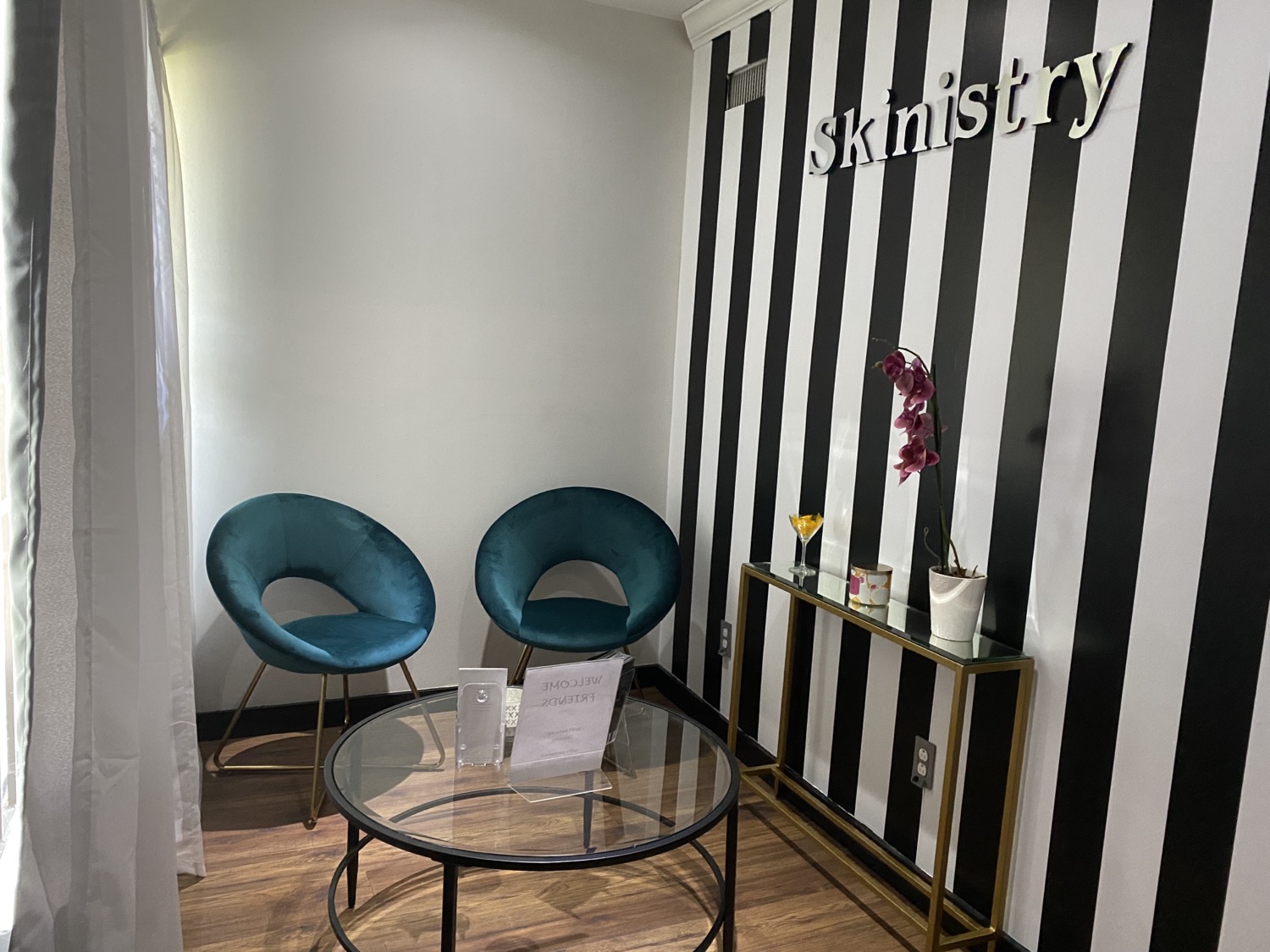The good, bad, and ugly about chemical peels
- simonegibson11

- Jan 5, 2021
- 4 min read
Everything you need to know before getting a chemical peel
If “beauty is pain” were a person or thing, chemical peels would be her or it. This age-old cosmetic procedure is what gets the girls going here at Skinistry! We use it to treat many skin conditions - from acne to scarring, hyperpigmentation, and more. Depending on the condition of your skin, the results can be evident after one session. For others, it may take 3-6 sessions for you to see the results you want. And this does not include the maintenance of your skin when it is all said and done.
You may be curious about chemical peels and want to book a consultation. If this is true, here is everything that you need to know about this powerful skincare treatment.
What is a chemical peel?
A chemical peel is a scary term for skin exfoliation through assorted ingredients. There are three different levels of peels:
Mild - minimal to zero flaking
Medium - some flaking for troubled areas of the skin
Deep - a surgical procedure that goes to the innermost layer of the skin or dermis
Where did the chemical peels start?
One thing about Egyptian women - they were serious about their mugs, okay?! Cleopatra taught us how to apply makeup, and her counterparts taught us how to exfoliate our skin. Egyptian women would apply sour (spoiled) milk to their skin. Milk contains lactic acid, an alpha-hydroxy acid found in many chemical peels. Lactic acid resurfaces the skin by removing dead skin cells that do not disappear after you scrub it raw with St. Ives walnut scrub.
How does a chemical peel work?
Before a chemical peel, you should stop using skincare products that increase photosensitivity. Retinol is a popular skincare product that increases your sensitivity to light. Chemical peels increase photosensitivity, so stopping early prevents any unnecessary skin irritation.
With this 30 to 45-minute procedure, you can expect your medical esthetician to:
Cleanse your face
Use alcohol or acetone to remove excess oil, dirt, and grime.
Apply 3-4 passes of the chemical peel solution to your face. Your medical esthetician will apply the solution until your skin frosts. When your skin frosts, it becomes white in the areas that need the most attention.
After applying the solution, the medical esthetician may top it with a thin layer of retinol. This boosts the exfoliation process.
Before you leave, a layer of broad-spectrum sunscreen will be applied. This type of sunscreen is best for use during a chemical peel and should contain an SPF of at least 30.
When do I start peeling?
Unfortunately, there is no set answer to this question! Some clients begin peeling the next day, while others do not peel for at least three days. Often, you will not experience peeling with a mild peel, for example. Even if this happens, exfoliation still occurs.
What should I do after a chemical peel?
As with any skincare treatment, you should follow all instructions that you receive! Think about it - why would you invest money only to ignore their advice? That would be a waste of money, no? Here are the things that you should do after a chemical peel:
Avoid direct sunlight! Always wear a broad-spectrum sunscreen with at least an SPF of 30. Even if you do not plan to go outside, still wear sunscreen.
Wash your face with a mild soap that does not contain skincare ingredients that can irritate raw skin. Cetaphil is an excellent mild soap with few ingredients that will not irritate your skin. A few examples of products that can irritate your skin include salicylic acid, glycolic acid, benzoyl peroxide, tea tree oil, and vitamin C.
Keep your hands off your face! If COVID-19 has not reinforced this, consider this your millionth reminder. Your hands are a germ magnet. Germs and skin do not mix!
Do not pick your face. If you follow the rule above, you should not have this problem in the first place. So there is that.
What are some of the side effects of a chemical peel?
First of all, the deeper the chemical peel, the uglier you will feel as you go through the process. Your dead skin will slough off like a snake shedding its skin. The bad news is that you may not be able to wear makeup for 7-10 days while you do your chemical peel. While the good news is that your skin will be in the perfect condition for a good beat once it is all said and done!
Not everyone experiences the same issues with chemical peels. That is a good thing. Here are some of the common side effects that we know of:
Severe tightness and dryness of the skin. These are normal. Your skin dries out and tightens as it prepares to shed its dead layers.
Redness and inflammation. The deeper the chemical peel, the higher the chances of redness and inflammation. These are temporary.
Crusting. Remember frosting? Well, in those frosted areas, you are most likely to experience crusting. It will feel and look like burns and scabs, but this is also part of the process.
Itchiness. Dry, tight skin will always be itchy even if you are not doing a chemical peel! Keep a hydrating moisturizer and petroleum jelly handy as you go through this process.
A chemical peel is not the most appealing process, but it gives you beauty for your ashy skin! The results are clear, smooth, glowing skin! If that is not what skincare is all about, then we are in the wrong business.
If you have any further questions about chemical peels, leave a comment below. In the meantime, book a free consultation to see if you are a candidate for a chemical peel. We would love to see you!









Comments